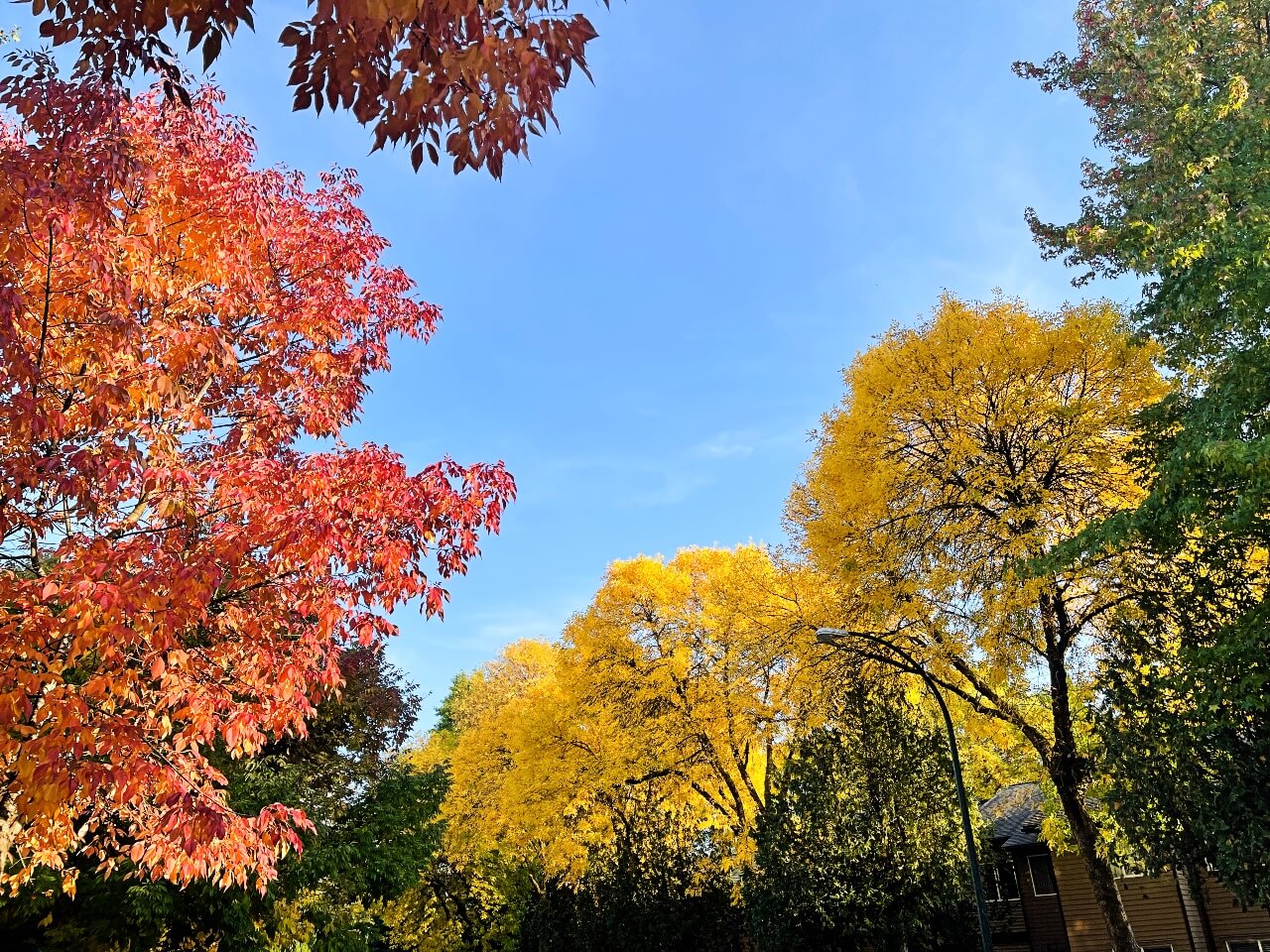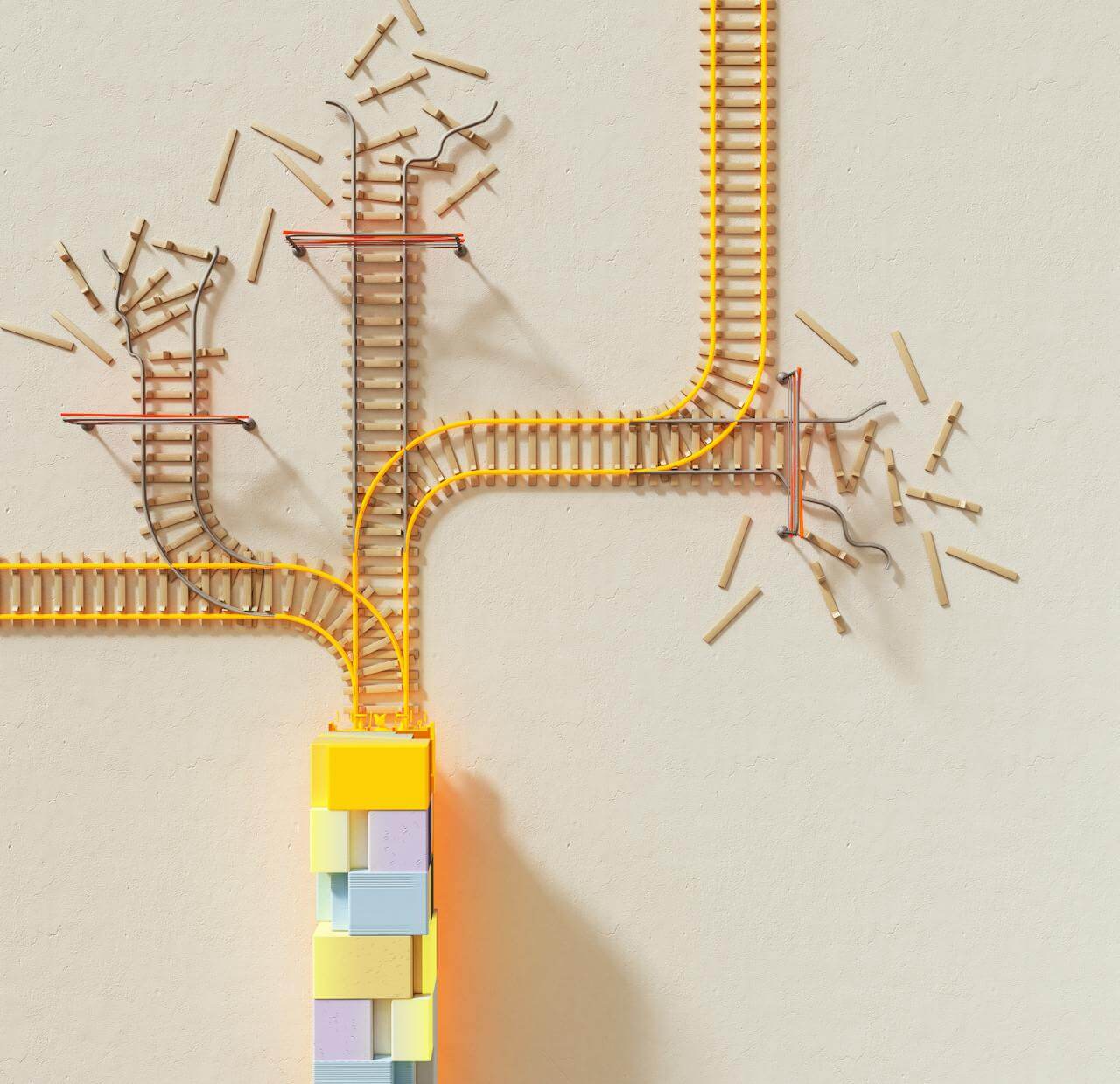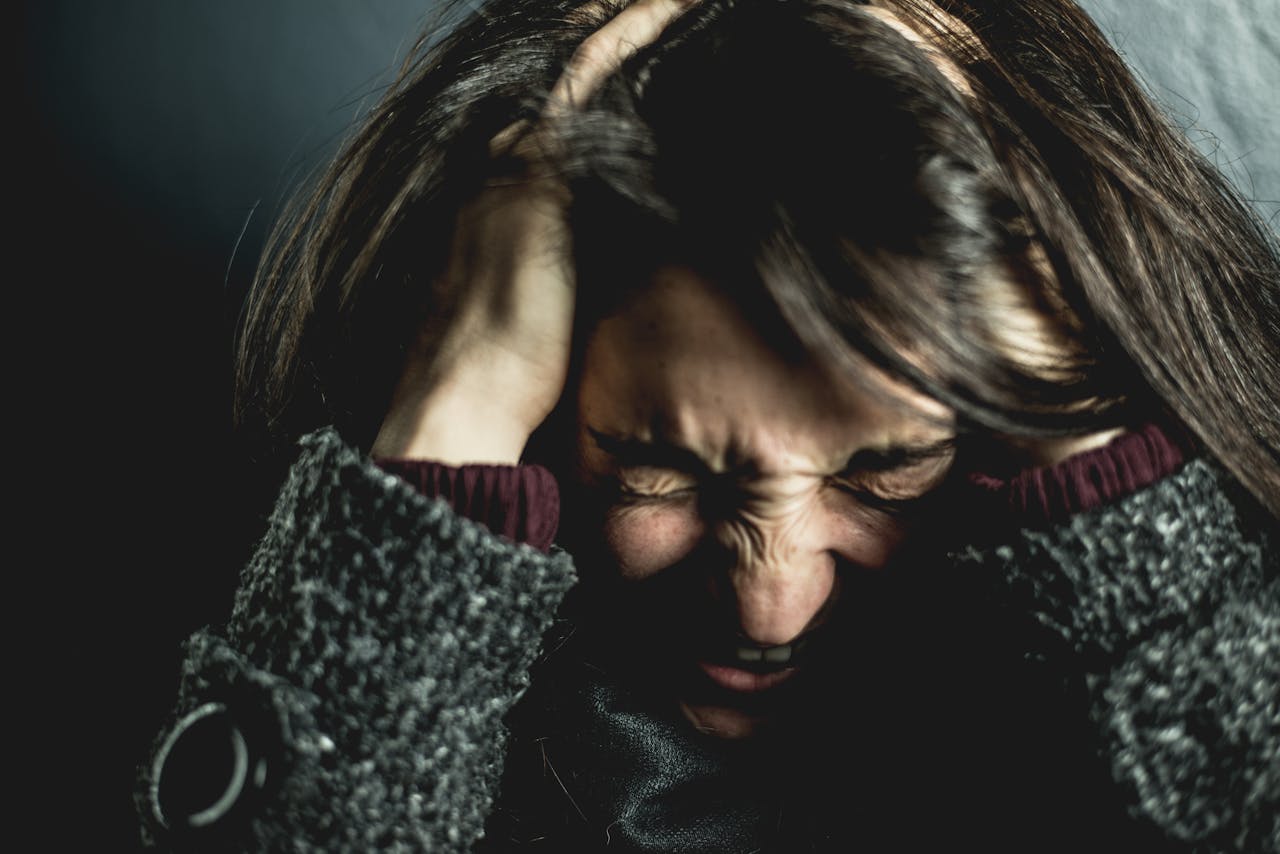Each year when the light thins and the trees surrender their leaves, we are reminded that systems rot slowly, from the inside out, while pretending to stand tall. The fluorescent hum of classrooms carries through the shorter days, and the rhythm of school life resumes its weary repetition—meetings, promises, half-measures.
Parents sit again in plastic chairs, inhaling the same stale air of patience, watching as their children cycle through another term of partial support. Like a partial life raft, as if breathing some of the time is enough. The year advances, but justice does not. Autumn is honest; it strips the canopy, exposes the frame, shows us the architecture of harm for what it is—a skeleton built to preserve appearance while hollowing the core.
The long season of advocacy mirrors the slow decay of autumn leaves. Every family carries its own compost of correspondence—letters unanswered, promises deferred, and procedural sympathy offered instead of remedy. What begins as an act of hope, a belief in dialogue, becomes sediment: the remains of each conversation pressed into a bureaucratic soil that refuses to nurture. And yet, even decay feeds the ground. From this exhaustion, a new root system of collective truth begins to form.
Policy and scarcity logic
Policy is the bone structure of our public conscience—rigid, load-bearing, calcified by precedent and paperwork. Each clause in the School Act, each memo about resource allocation, hardens into vertebrae that keep the institution upright even as they crush what lives within it. Scarcity is its metabolism: a slow leaching of calcium from the collective good, leaving every new promise brittle. Budgets present themselves as moral texts—each omission dignified as prudence, each denial reframed as fairness.
In The cost of partial inclusion in schools, I described how British Columbia has mistaken endurance for virtue. The moral curriculum of exclusion teaches children that belonging is conditional, that need must be negotiated, and that safety is provisional. These lessons are carved into their posture as they learn to shrink into the space compassion leaves behind. Every delayed assessment, every unfilled resource position, every euphemism for denial—tiered support, flexible staffing, attrition—is a vertebra in the spine of a system that has forgotten its purpose.
Behind the moral theatre runs the ledger—an invisible accounting that measures virtue through thrift. In this theology of scarcity, administrators balance budgets as if balancing souls. They learn to perform benevolence while reproducing harm, to praise the intention while concealing the injury. The real economy of schooling becomes the rationing of care. We are meant to admire its fairness and symmetry even as it crushes the child beneath. Bones tell stories of malnutrition. So too do policies; they record precisely how much deprivation the public deemed acceptable.
-
Protecting the ledger over the learner: operationalising scarcity in BC School Districts
British Columbia’s public schools are mandated to provide inclusive education for all students, but they do so in a context of chronic resource scarcity. Scarcity in education means there are not enough funds, staff, skills, or services to fully meet all student needs. School districts…
Advocacy trauma and bureaucratic attrition
If policy provides the bones, then advocacy supplies the nerves—those fragile conduits of feeling that run through the entire system, alive with pain and resistance. The nerves are the parents, the caregivers, the advocates who conduct impossible voltages of grief and resolve. Each letter, each unanswered email, each meeting where civility is mistaken for virtue sends another pulse through an unresponsive body. Bureaucracy feels the pain but does not flinch; it reroutes sensation into procedure, translating agony into minutes, checklists, and forms.
In Shattered pathways of parent advocacy, I mapped this nervous system in full: the loops of complaint and appeal that promise redress but deliver attrition. The Teacher Regulation Branch, the Ombudsperson, the Human Rights Tribunal—each a synapse that fires but never reaches the brain. The delay is the design. Time itself becomes a sedative. By the time a file moves, the child has aged out of the injury, and the system congratulates itself for efficiency. Parents are told to remain calm, to respect timelines, to moderate tone—as though dignity could be scheduled.
Pain is information. It signals that something is wrong, that the structure must respond. Yet in this system, to express pain is to invite discipline. Emotional honesty becomes evidence of instability; anger is coded as aggression. The bureaucracy discharges voltage through tone policing, protecting itself from sensation. Advocacy becomes triage, conducted without anaesthetic, and mothers carry the sensation of every amputation—the lost trust, the vanished faith, the phantom limb of a future they once believed in. The nerves burn bright, then fray. Their sensitivity is the cost of love.
And yet, nerves regenerate. Each act of testimony—each article shared, each public protest, each whispered story exchanged across digital distance—creates a new circuit of connection. Pain becomes communication. The body of advocacy, once isolated, begins to feel itself again.
-
Why clarity gets punished
I’ve written about documentation, tone policing, gatekeeping, gaslighting, institutional betrayal, and grievability and legitimacy separately, butsometimes it helps to see those pieces in conversation—because together, they reveal something larger. This post draws together the threads of clarity, competence, and credibility, and asks: why do systems recoil when mothers speak plainly about harm? Why does it […]
Healing, community, and truth-telling
Skin remembers. It stretches, scars, regenerates, and reveals the story of what was beneath. Healing begins when we allow air to reach the wound, when we remove the sterile dressing of institutional civility and let the truth sting. The act of speaking in a group—of saying aloud what was forbidden in meetings—is a return of oxygen to suffocated tissue. Each shared story rehydrates the surface, makes the body of our movement less brittle, more alive.
In The truth shall set us free, I argued that healing cannot begin with optimism; it begins with naming. The body cannot repair what it refuses to acknowledge. To tell the truth about harm is to break institutional silence—a silence so carefully curated that even compassion becomes surveillance. Healing requires spaces that welcome rage as evidence of love, collapse as evidence of cumulative injury, grief as evidence of clarity.
Group testimony—parents gathering in rooms, faces wet, voices trembling—is the first reformation of the social skin. It creates permeability between stories, a membrane of recognition that allows us to breathe together again. Civility, that old cosmetic, offers concealment. It smooths tone, conceals redness, restores the appearance of health without addressing infection. Truth-telling, by contrast, exfoliates. It is rough, sometimes bloody, always honest. When we name what happened, we peel away the dead language of policy and expose the living body underneath—raw, imperfect, human. In that exposure, healing begins. The skin reforms, porous and tender, but capable again of feeling.
-
The unseen wounds of advocacy: caregiver burnout, moral injury, and embodied grief
Caregiver burnout in BC schools reflects moral injury and systemic betrayal, as mothers fight exclusion and harm while advocating for disabled children.
Toward collective embodiment
Bones, nerves, skin—each must reconnect if the civic body is to live. Justice is circulation; it moves between parts, distributing nourishment, clearing waste. When we speak, organise, and witness, we pump blood back into the structure. The system that claimed to serve us begins to feel again, and feeling is the first step toward conscience.
The personal body and the public body are intertwined; both depend on the same oxygen of truth. Families who insist on documentation, teachers who refuse to look away, students who speak even when it costs them—they are the heart valves of democracy, the organs that prevent institutional gangrene.
Flourishing requires more than reform. It requires reanimation—the slow, rhythmic return of pulse through community, courage, and shared breath. The bureaucracy must remember that blood is thicker than budget lines, and that empathy cannot be deferred to the next fiscal year. Healing is not private restoration; it is public resuscitation. The body remembers every harm, but it also remembers how to rise. In that memory lies our collective future—fragile, circulatory, alive.










